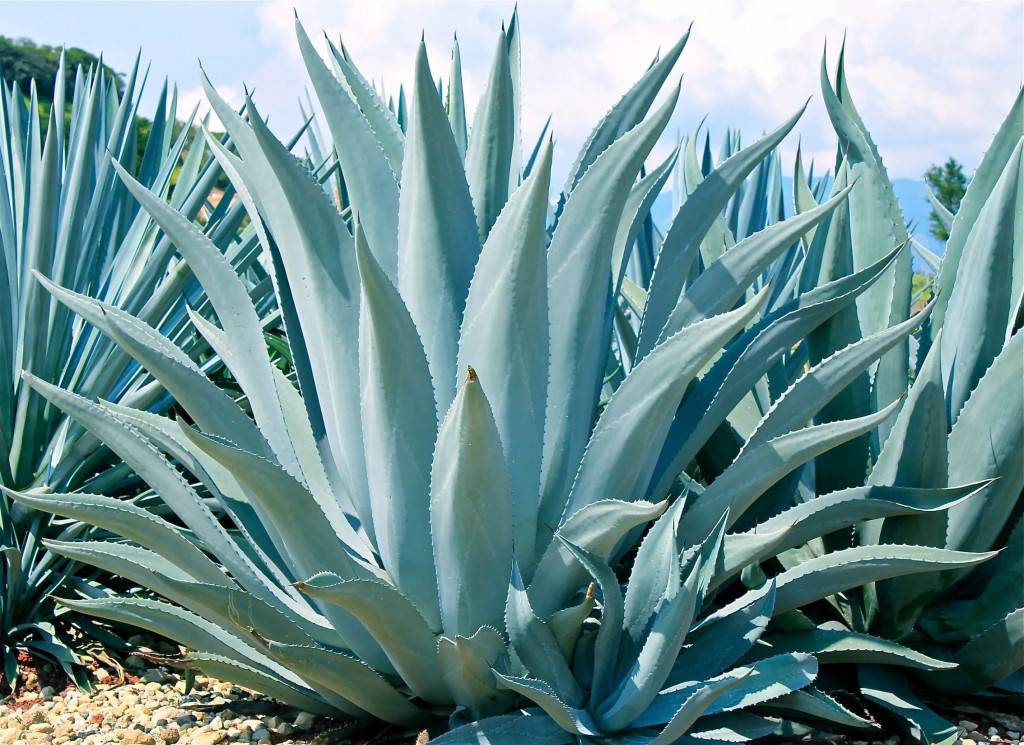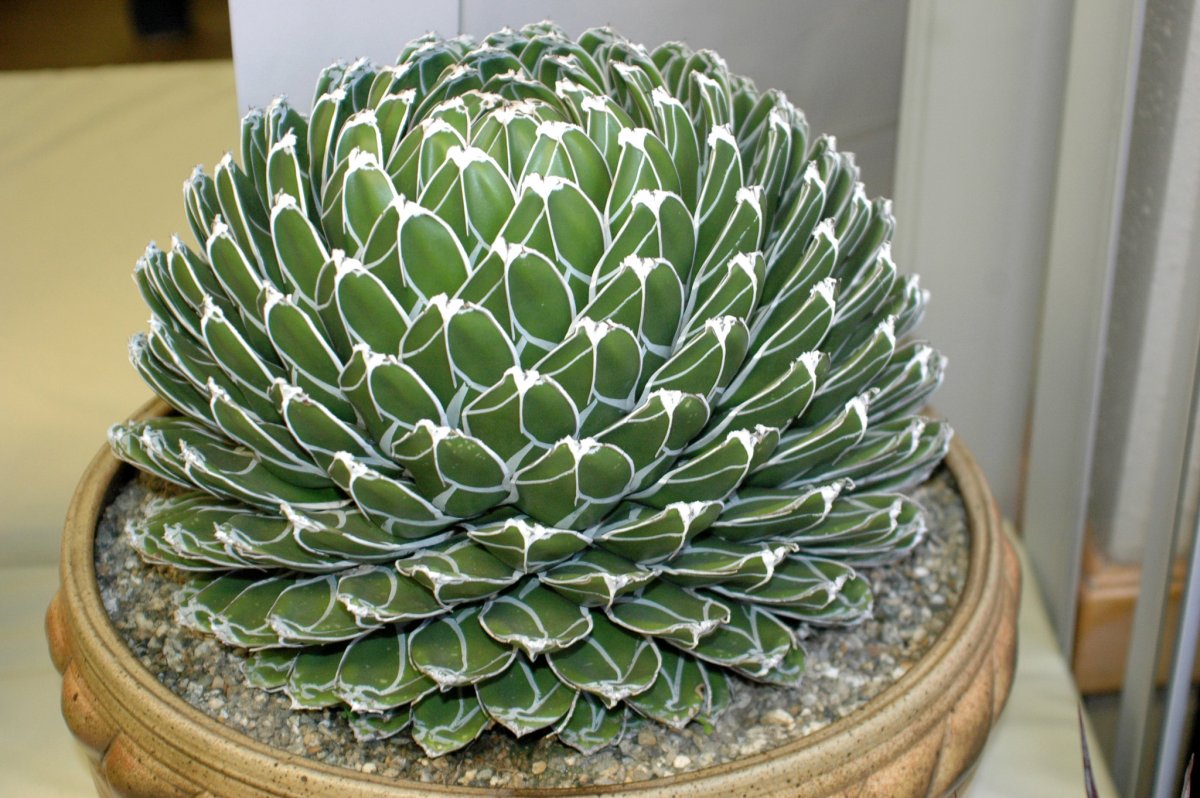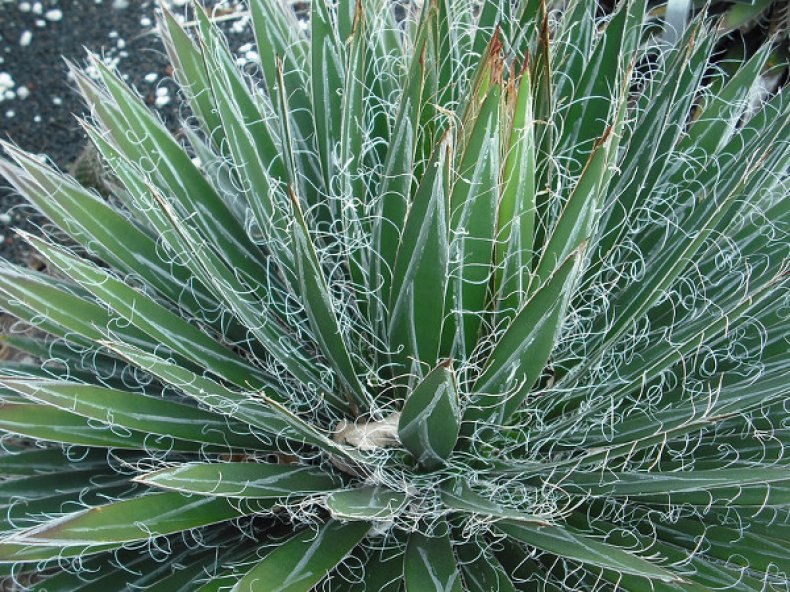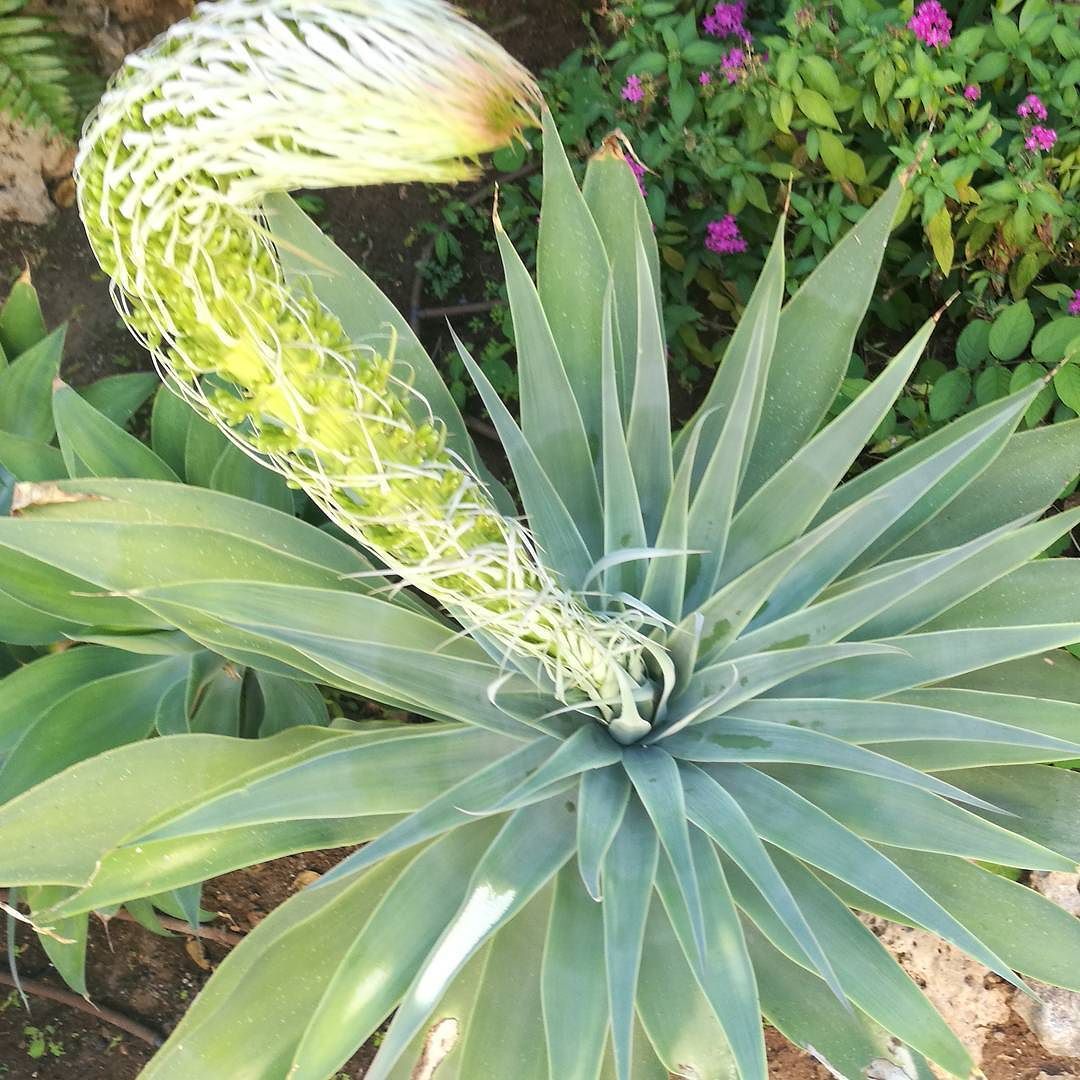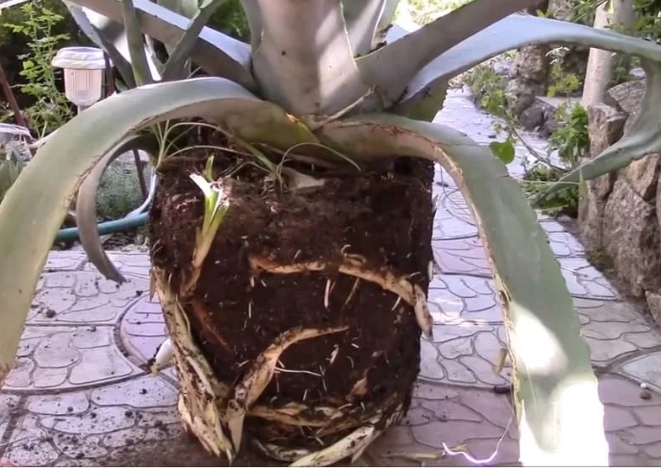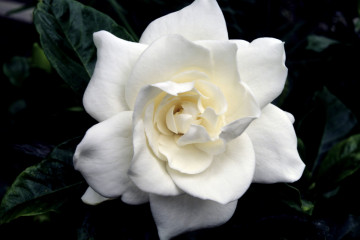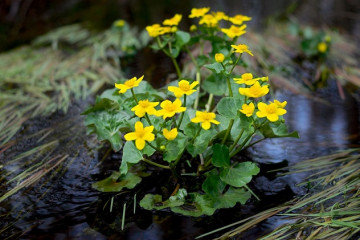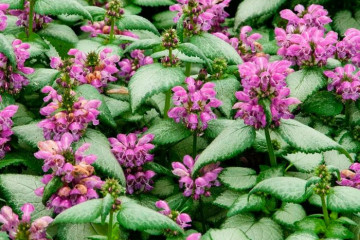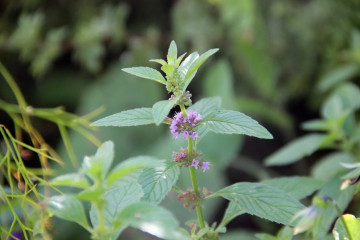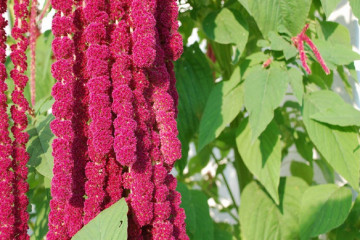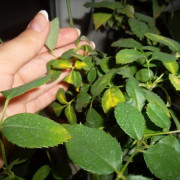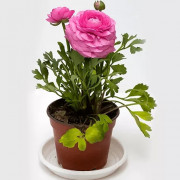Agave - what is this house plant
Content:
Spectacular agave has already conquered many flower growers and gardeners. This unpretentious plant can easily grow outdoors in the summer season and in hotel halls under the rays of artificial light. For successful growth, she needs very little - light, warmth and care. And agave will delight you with its unusual shapes and sizes.
Agave - what is this flower
The homeland of this beauty is sunny Mexico. There it can be up to 5 meters in diameter. Agave is a plant of the Asparagus family and the Agave subfamily. The people call it the agave. This plant is really long-lived and lives up to a hundred years. The flowering of agave is also interesting - if the plant throws out a peduncle from the center of the outlet, after the fruits ripen, the bush dies completely.
A short description of what it looks like
Agave is a succulent and is often confused with cacti and aloe. Species and varieties, and there are about 400 of them, have a variety of sizes and color of leaves. They are united by one feature - a socket. Its stem is small or not developed at all. Wide xiphoid leaves grow from the outlet. They can be smooth or have spines along the edges, long sharp spines are located at the tips. Foliage color - gray, blue, green-blue, gray-green. Often, the edges of the leaves are decorated with silver or yellow stripes.
What is made from agave
In Mexico, the agave flower is very popular. Agave as a fruit is used to make juice and to digest syrup, which is used instead of sugar. Local alcoholic drinks are produced from it.
But agave is not only eaten, its leaves are used to make paper, ropes and ropes. Since ancient times, it has been beneficial for medicine. The plant has wound healing properties, relieves inflammation, lowers temperature. Culture juice is an antiseptic.
Varieties of home agave
Not all types of this Mexican beauty have taken root in the new conditions abroad. But those that have been domesticated grow successfully both outdoors in the summer and indoors. The sizes of home agave are varied - from 10 to 300 cm in diameter.
American agave
With proper care, the shrub grows to an impressive size at home. Leaves 25 cm wide are thorny, fleshy and sharp at the ends. The American beauty has a small stem up to 30 cm in height, the leaves on it are collected in a rosette. The length of the leaves reaches 2 meters, in diameter the bush often grows up to 3 meters. The color of the leaves is gray-green.
Queen Victoria Agave
A popular indoor view, famous for its decorative effect. The leaves are collected in a dense rosette, up to 20 cm in diameter, sometimes grow up to 40 cm.The leaves themselves are dark green with oblique white lines on both sides, some varieties have white marks or patterns. The size of the leaves is 10-15 cm in length and 5-6 cm in width.
Agave drawn, or agave attenuata
This agave variety is often confused with a palm tree, as it has a pronounced stem up to 15 cm in diameter. It grows up to 150 cm. The leaves of the agave attenuate are wide and smooth, without thorns. The color is grayish or bluish-green, with a beautiful bluish bloom on top. Leaf length - 70 cm, width - 15 cm.
Agave thread
A very interesting bush that looks like a thorny ball. Its diameter and height is about 60 cm. The leaves are thin (up to 2.5 cm) and sharp, dark green in color. The edges of the foliage are often decorated with white stripes. The main distinguishing feature of the filamentous beauty is its thin white fibers, which are densely located along the edges of the leaves. It looks very unusual and beautiful.
Agave drunkards, or agave potatorum
Another decorative piece. The leaves of this thorny inhabitant of Central America have an unusual shape - obovate, spatulate. At the base, the leaf is narrow, and at the end it expands. The width of the leaf is 10 cm, the length is up to 30 cm. At the very tip of the leaf there is a long sharp needle, along the entire wide part of the leaf there are smaller needles. Green leaves with a silver or white bloom beautifully set off the dark red thorns. Some varieties adorn white streaks and streaks along the edges of the foliage.
Room agave care at home
This exotic, like most succulents, grows by itself. He does not need daily anxious care, and can withstand the mistakes and shortcomings of inexperienced growers.
Illumination and temperature conditions
Illumination is the main factor in active growth. The size of the future shrub, the color and size of its leaves depends on the abundance of light. The flower loves a lot of light, it is not afraid of direct sunlight, it grows beautifully outdoors under the scorching sun.
These plants thrive under artificial light. But in this case, daylight hours should be extended to 15-16 hours.
Comfortable temperature during the period of active growth - 18-25 degrees. It easily tolerates summer heat, so it is not necessary to shade it for a hot period. In winter, the temperature of the content is 5-10 degrees.
Watering rules and humidity
Young agaves need more frequent watering while they are actively growing green mass. An adult plant grows slowly and requires infrequent moisture.
Watering is needed only after the soil in the pot dries up a few centimeters deep. In summer, this is about once a week, depending on the temperature and the size of the pot. The winter period requires minimal moisture, no more than once a month.
The plant is very sensitive to overflow and stagnation of water in the soil. Better to let the soil dry out before the next watering. But it should be borne in mind that a prolonged drought can be harmful.
Top dressing and soil quality
The soil for agave should be half sand, the other half a mixture of garden soil and peat. The plant needs a good layer of expanded clay drainage.
As top dressing, weak solutions for succulents are used. Agave, as with watering, is better to underfeed than to overdo it with fertilization. Fertilizers are applied exclusively in the summer - once every 4-6 weeks.
In winter, during the dormant period, it cannot be fed.
Flower container size
The root system is not overly developed. The pot is required to be selected according to the size of the roots. Visually, it should be much smaller than the bush itself.
The drainage system plays an important role in the pot. A lot of holes and a good layer of expanded clay are essential for agave.
Pruning and replanting
Pruning is needed after a dormant period. At this time, the plant sheds the lower old leaves, which begin to turn yellow and fall off. To maintain decorativeness, the leaves should be trimmed to the very stem.
Flowering, as often, the dormant period of the plant
Agave bloom is a very spectacular and unusual sight. The peduncle is thrown up to a height of 8 meters. A panicle or a spikelet is dotted with tens of thousands of small bell flowers of light shades. Agave flowers very rarely throws away, already in adulthood, at 10-40 years. The houseplant agave rarely blooms.
Agave grows where the climate changes with the seasons. And the rest period is very important for its proper development. The optimum temperature during sleep is 6-10 degrees. For a comfortable winter, she needs peace, rare watering and moderate lighting.
Propagation of agave by offspring and cuttings of rhizomes
The plant releases babies in the form of cuttings that come from the base of the trunk. Often, growers think that these are cuttings from the agave rhizome, but this is not so.
Cuttings should be separated after removing the mother plant from the pot. If you pull out the ground part of the baby from the ground, it will not take root, and the place of the rupture can fester. Children are cut off from the trunk itself. The cut site on the parent crop is treated with charcoal. Due to the specificity of the procedure, reproduction is best combined with the next transplant.
The cut off stalk is left for 10-12 hours to dry the cut site; it is also treated with charcoal. A young bush is planted in loose sandy soil. A young cuttings are looked after as well as an adult plant, but special attention should be paid to watering.
Diseases and pests
Proper care ensures a healthy looking plant. In case of violations of the irrigation regime, namely, with excessive waterlogging, rot and fungus develop. If fungal infections are detected, the flower is treated with a fungicide with the addition of copper.
Of the pests of exotics, mealybug and scale insects are most often affected. At the initial stage, it is enough to rinse the plant several times under running water or soapy water. In advanced situations, treatment with special means should be carried out.
What is agave is a worthy decoration for home and garden. This is a wonderful gift for a novice florist. It is very easy to care for, but its decorative effect is always at a high level.
